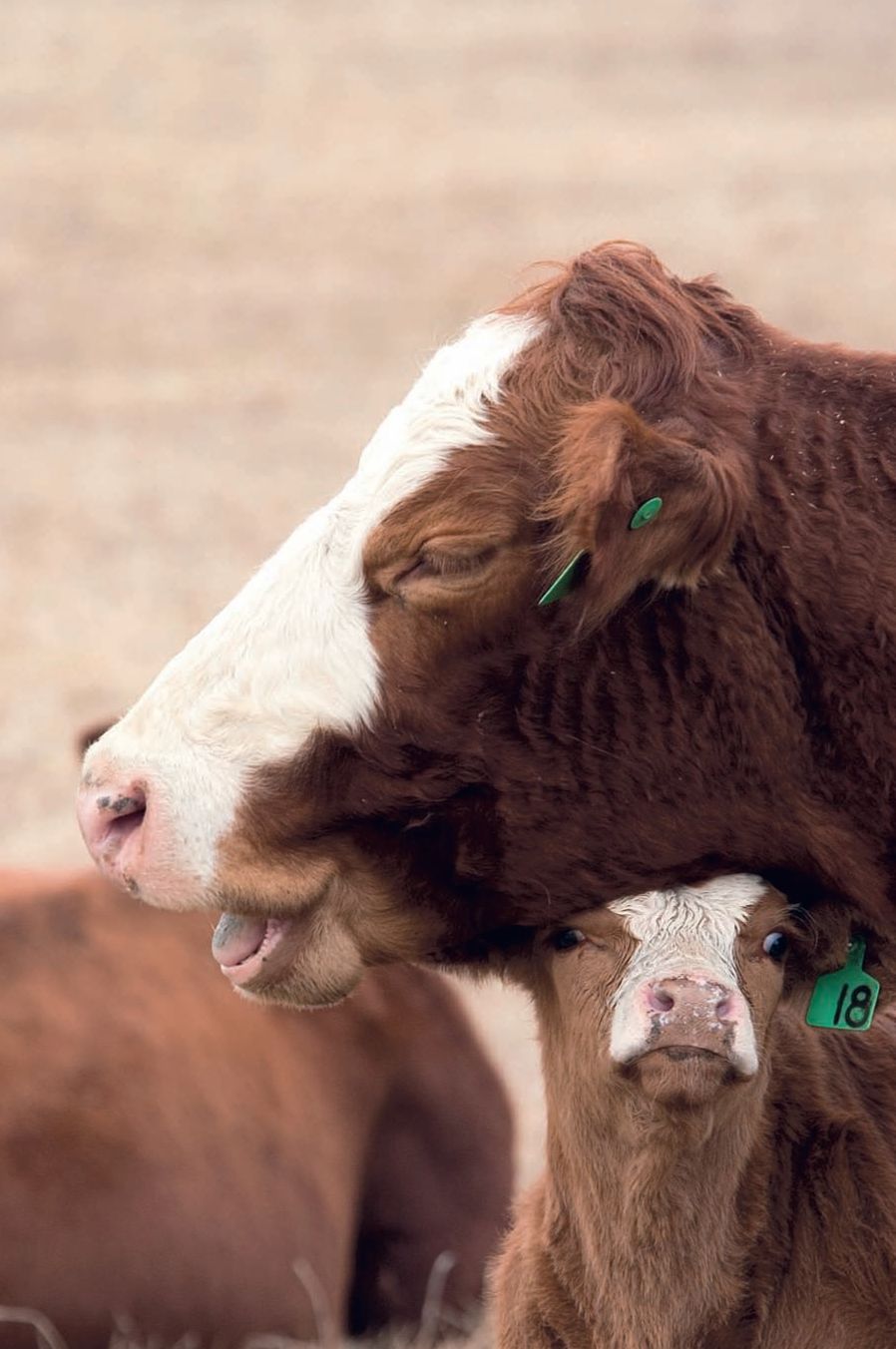INTRODUCTION
Why Beef Cattle?
Beef cattle are as much at home on the hobby farm as they are on the range. Adaptable to almost any climate and easy to manage and to market, they are well suited to any farmer with the pasture room and a hankering for a cowboy hat. Although beef cattle require a higher initial investment than any other traditional farm animal, except dairy cows, they require the least amount of daily maintenance.
Attention to the basics of raising beef cattle will reap rewards in the form of a freezer full of homegrown beef as well as extra cash from meat and calf sales. Where cattle are common, so are the auction barns, processing plants, and truckers that make it fairly simple to buy, sell, and process cattle. Americans love beef, so there is a ready market for beef cattle.
There’s another benefit to owning beef cattle: they can improve your land. This may come as a surprise, given the reputation cattle have acquired in certain quarters for overgrazing and destroying sensitive lands. But beef cattle are a tool, not a cause. The result depends on how the tool is wielded—just as a hammer can be used to fix a building or to wreck it. Research and on-the-ground experience have demonstrated that, when properly managed, beef cattle can be a highly effective tool for restoring health to damaged grasslands and watersheds. On a hobby farm, well-managed beef can continually increase the richness of your soils, the biodiversity and lushness of your pastures, and the water quality of your ponds and streams.
Beef cattle will also enhance the view from your kitchen window. Every time I look out the window to see our cattle grazing the green slopes of our farm, hear bobolinks singing in our pasture, or prepare homegrown steaks for dinner, I’m glad we have beef!

